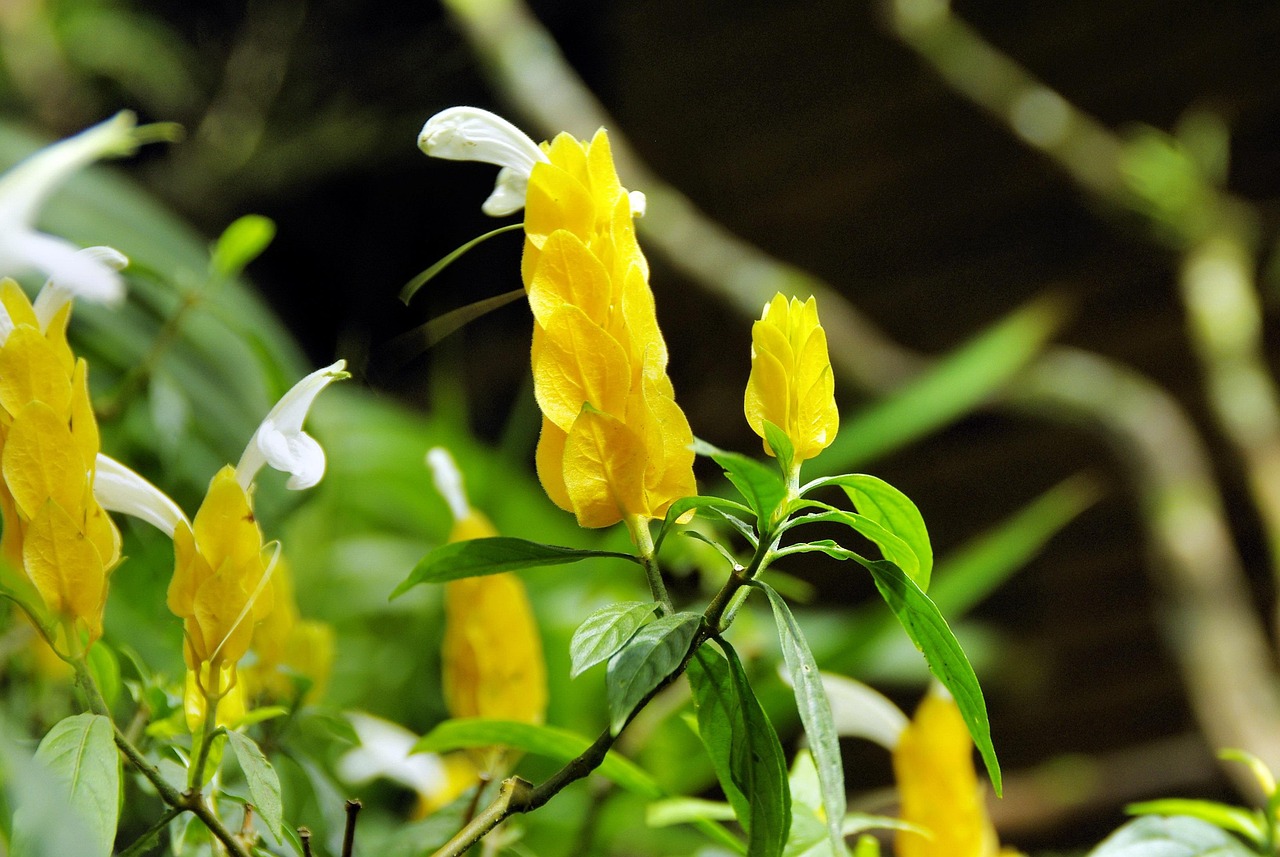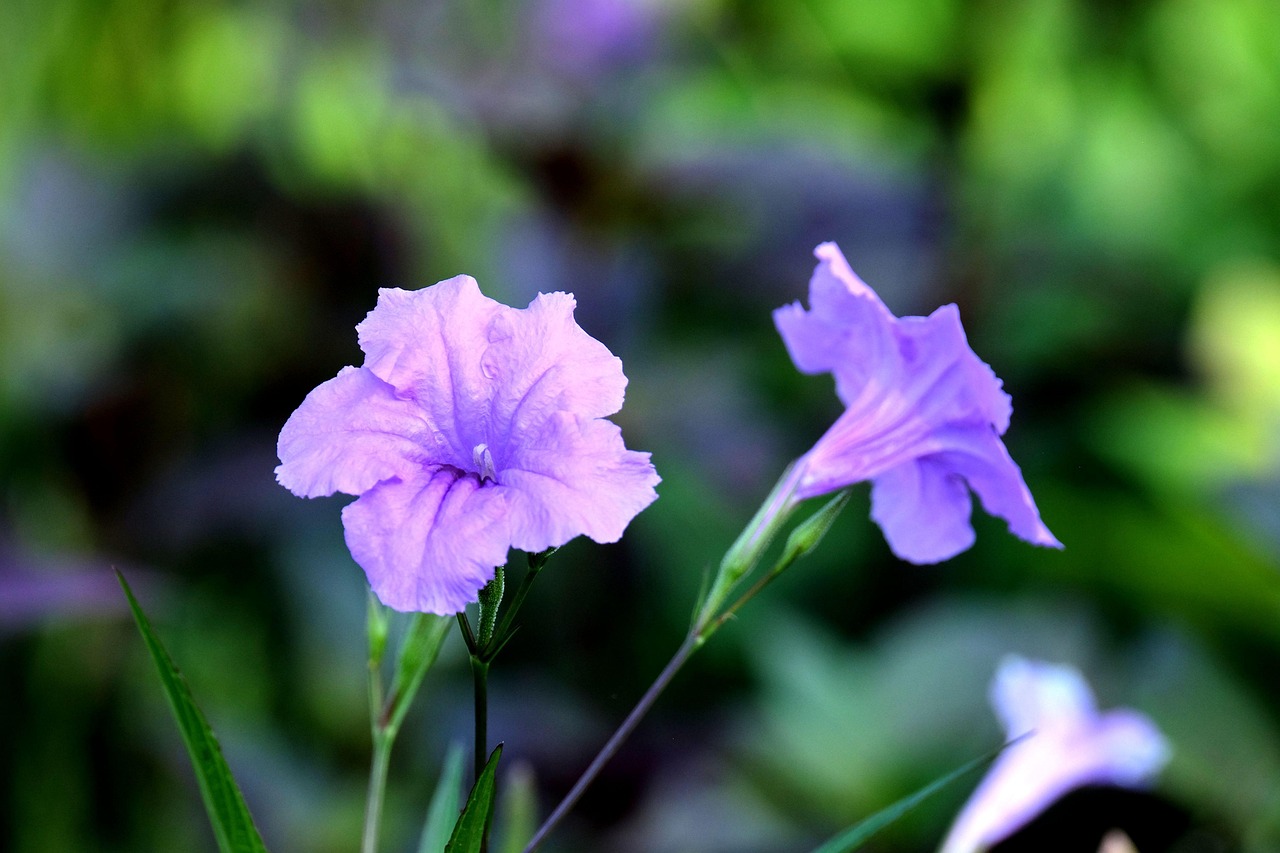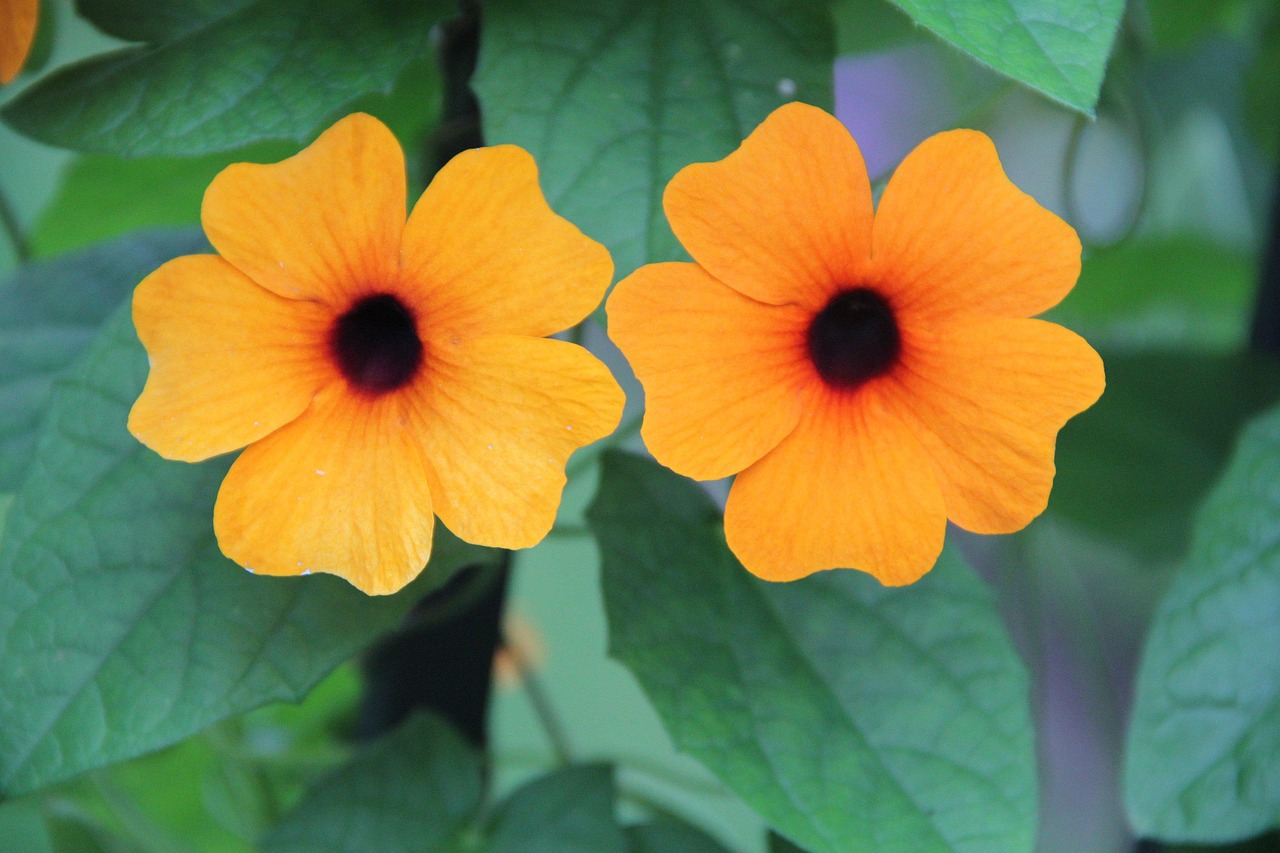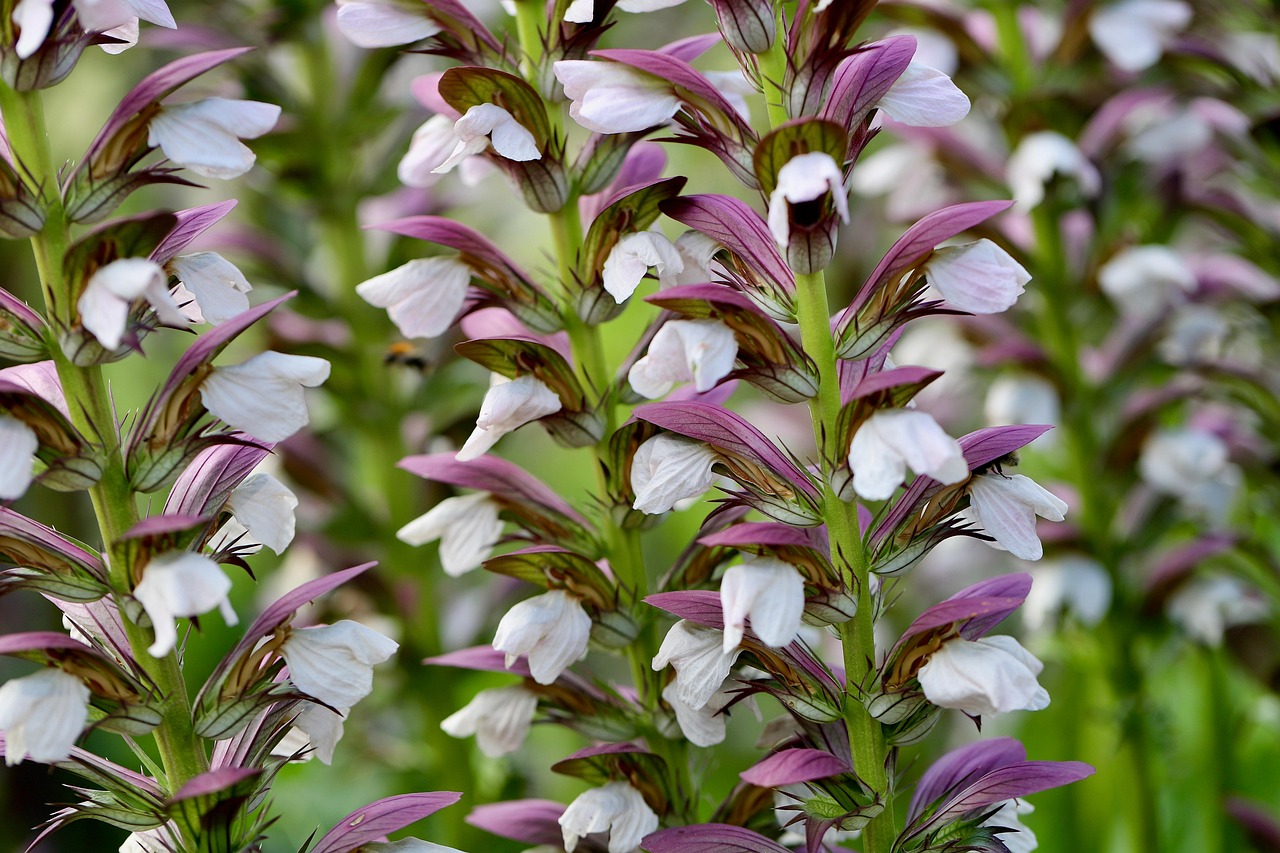Crossandra | The Orange Flower that Colors Indian Festivals
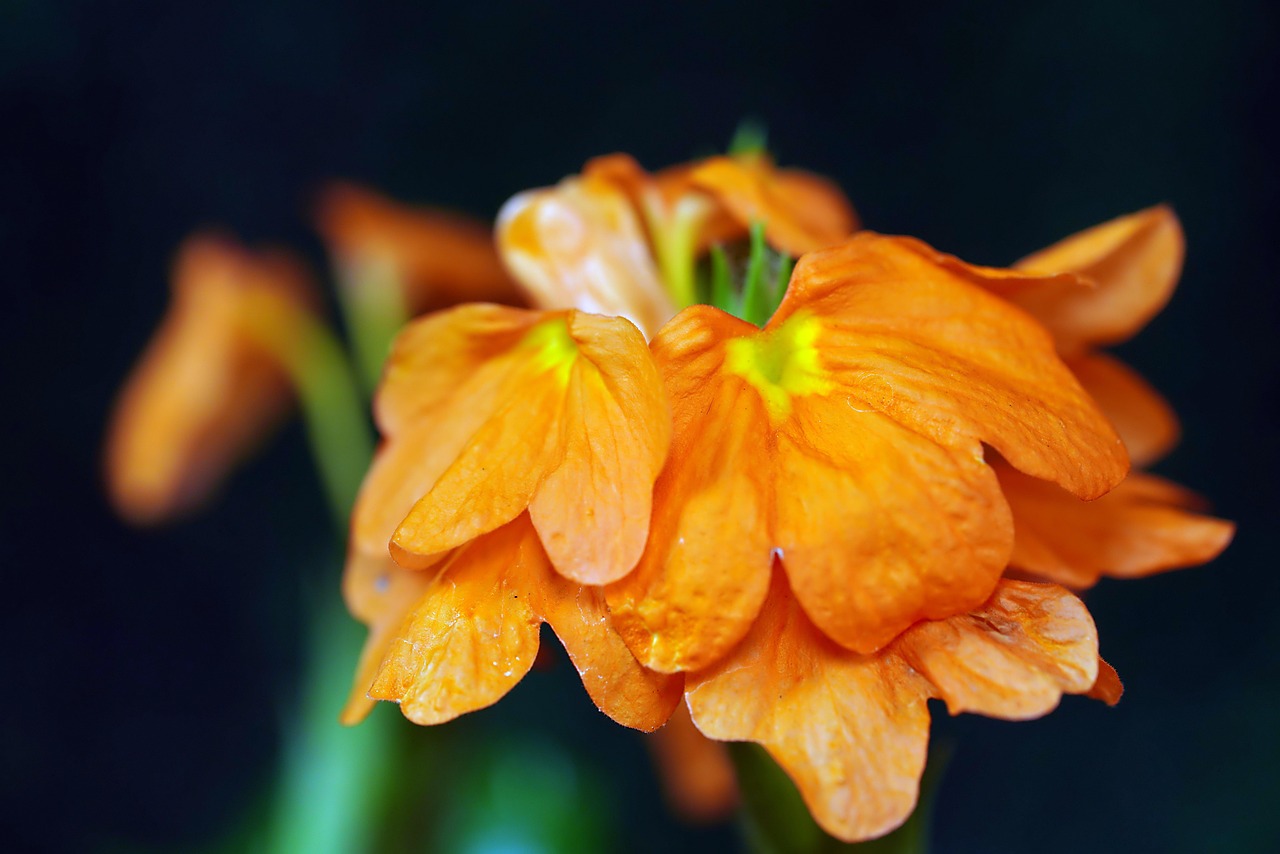
I introduce Crossandra, a highly ornamental plant that produces bright orange and yellow flowers. It thrives in warm climates and allows me to enjoy its beauty over an extended period.
In this article, I will explain in detail the basic information about Crossandra, its cultural and historical background, and how to cultivate it.
Basic Information
- Scientific name: Crossandra infundibuliformis
- Family: Acanthaceae
- Origin: India, Sri Lanka, Southeast Asia
- Appearance: Glossy dark green leaves topped with vivid orange or yellow tubular flowers, whose tips spread out like a fan.
- Blooming season: From spring to autumn, with the possibility of blooming year-round in warm environments.
Cultural Significance Around the World
Crossandra is cherished mainly in tropical regions and is considered a symbol of good fortune in many cultures.
In India, its vibrant colors symbolize auspiciousness and happiness, often used for temple decorations and religious festivals. It is also commonly seen in traditional South Indian flower garlands known as mala, which are used in festivals and weddings.
In Sri Lanka and Southeast Asia, Crossandra is also regarded as a lucky flower and is widely cultivated in gardens and pots. In Buddhist temples, it is sometimes offered as a sacred flower, symbolizing purity and respect.
In the West, Crossandra was introduced as an ornamental plant in the 19th century and became particularly popular in Victorian greenhouse gardening. Even today, many gardeners appreciate it for its tropical charm.
Historical Episodes
Crossandra is native to the warm regions of the Indian subcontinent and has long been intertwined with people’s lives.
In India, it has historically been used for temple decorations and religious ceremonies, and in Hindu festivals, it is sometimes offered to deities.
In the 18th century, European botanists recorded the plant, and by the 19th century, it was introduced to Europe during the tropical plant craze. Its bright flowers and long blooming period made it a favorite among the aristocracy and the wealthy.
Today, it is widely cultivated in home gardens and as a potted plant in tropical and subtropical regions, increasingly finding its place in urban gardening.
Gardening Advice
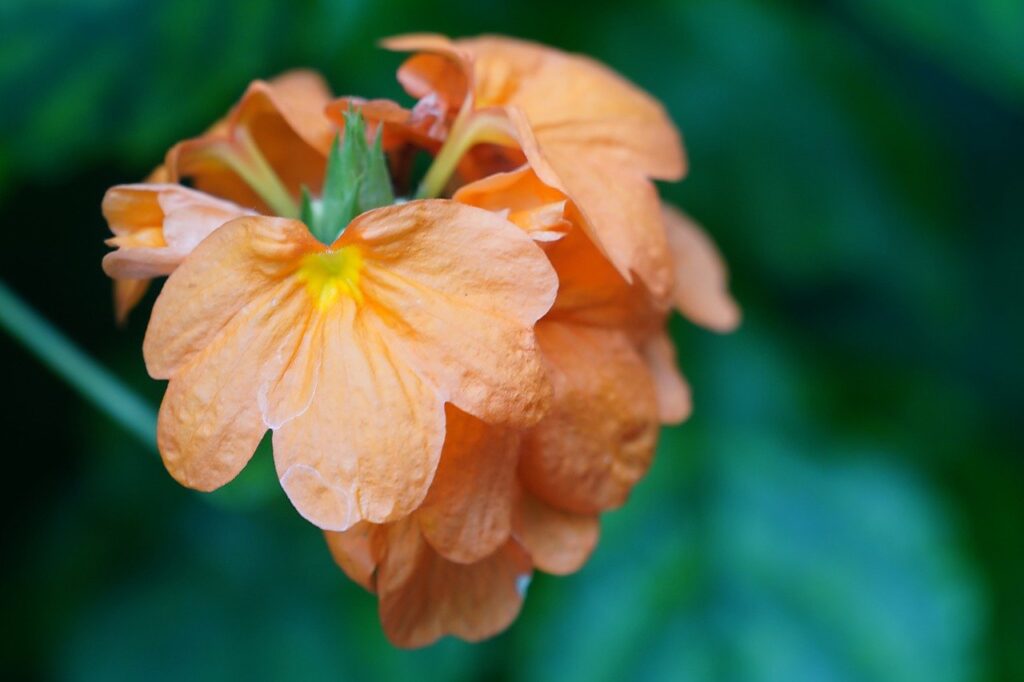
Crossandra rewards proper care with prolonged flowering.
Light
Prefers partial shade or bright indirect light. Avoid harsh midday sun to prevent leaf damage. Morning sunlight is ideal.
Watering
Water thoroughly when the soil surface becomes dry. Ensure good drainage to prevent root rot.
Soil
Use well-drained soil with moderate water retention. A mix of composted soil with perlite works well.
Fertilizer
Apply liquid fertilizer every two weeks during the growing season, adjusting concentration carefully to avoid over-fertilization.
Temperature
Sensitive to cold. Bring indoors when the temperature drops below 10°C (50°F).
Pruning
Regularly remove withered flowers and trim overgrown branches to encourage new blooms and maintain plant shape.
Conclusion
Crossandra is a beautiful plant that produces vivid orange and yellow flowers over a long period.
In India, it has long symbolized good fortune and been used in temple decorations and festivals. In the 19th century, it was introduced to Europe, where it became popular in greenhouse gardening.
Today, it is widely grown not only in tropical regions but also as a potted plant in warm climates.


